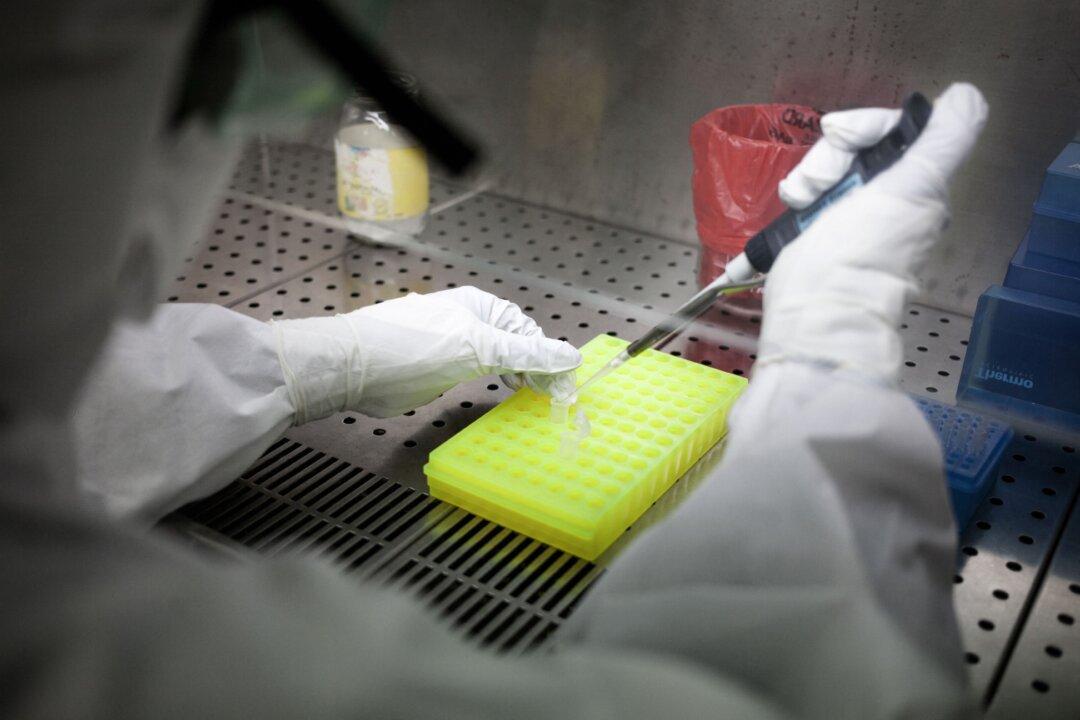A Chinese military-linked scientist who previously worked at Canada’s top biosafety laboratory has been involved in the engineering of a virus to replicate Ebola for conducting research in lower biosafety facilities.
Researching deadly viruses in lower safety conditions in China’s laboratories has been among the points of concern raised by scientists in relation to the COVID-19 pandemic.





